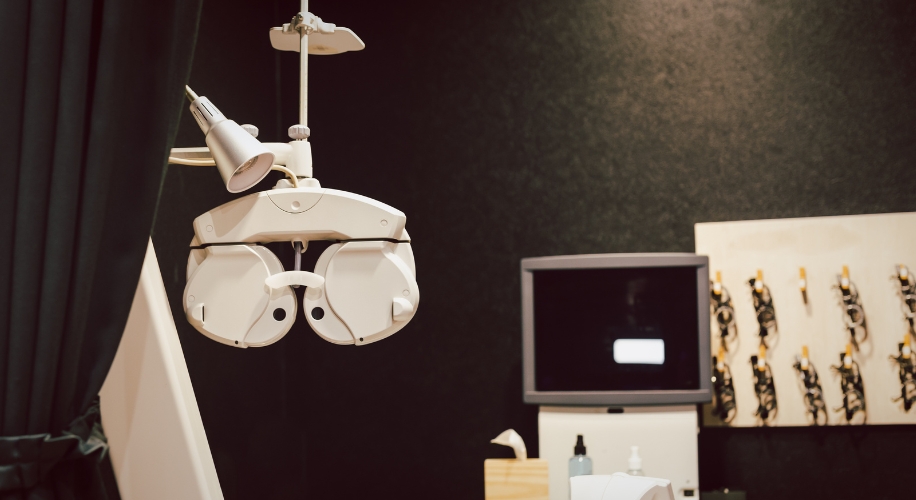Debunking Myths About Tele-Optometry
- BY Dr. Steven Liem
- IN Eye Care
In recent years, tele-optometry has emerged as a convenient and accessible way for people to receive eye care services remotely. However, there are several myths and misconceptions surrounding this innovative approach to vision care. At Zenni, we believe in empowering our customers with accurate information so they can make informed decisions about their eye health. Let’s debunk some common myths about tele-optometry.

Myth #1: Tele-Optometry Isn’t as Accurate as In-Person Exams
One of the most prevalent misconceptions about tele-optometry is that it lacks accuracy compared to traditional, in-person eye exams. The reality is that tele-optometry uses advanced technology, such as high-resolution cameras and digital imaging, to provide detailed images of the eye. This technology allows eye care professionals to assess your vision and eye health with precision. However, it’s important to note that certain symptoms and conditions may still require evaluation or treatment by an in-person optometrist for optimal care.
Myth #2: Tele-Optometry Doesn’t Offer Personalized Care
Some people believe that tele-optometry is impersonal and doesn’t provide the same level of personalized care as face-to-face interactions with an optometrist. On the contrary, tele-optometry consultations are conducted in real-time, allowing optometrists to interact directly with patients and address their specific concerns. Through video calls and digital communication, optometrists can discuss symptoms, review medical history, and tailor recommendations based on individual needs. This personalized approach ensures that patients receive customized care and guidance, just as they would in a traditional office setting.

Myth #3: Tele-Optometry Isn’t Safe for Diagnosing Eye Conditions
There is a misconception that tele-optometry is only suitable for routine vision checks and isn’t capable of diagnosing serious eye conditions. However, tele-optometry platforms integrate secure, encrypted systems to protect patient data and adhere to stringent privacy regulations. Optometrists conducting tele-optometry exams are trained to recognize symptoms of various eye conditions through visual assessments and patient-reported information. They can accurately diagnose common issues such as refractive errors, dry eye syndrome, and digital eye strain. In cases requiring further evaluation or treatment, optometrists can refer patients to specialists for in-person care, ensuring comprehensive management of eye health concerns.
Myth #4: Tele-Optometry Isn’t Covered by Insurance
Another misconception is that tele-optometry services are not covered by insurance plans. In reality, many insurance providers recognize the value and convenience of tele-optometry and offer coverage for virtual eye exams. Patients are encouraged to check with their insurance provider to determine specific coverage details for tele-optometry services.
Embracing the Benefits of Tele-Optometry
Tele-optometry offers numerous benefits, including convenience, accessibility, and flexibility in scheduling appointments. Whether you’re seeking a routine vision check or experiencing symptoms that warrant attention, tele-optometry provides a reliable option for maintaining optimal eye health. However, it is important to note that some symptoms and exams warrant in-person visits. Your eye care provider can guide you on the most appropriate care based on your specific needs.
At Zenni, we believe in empowering our customers with accurate information about tele-optometry’s benefits and debunking common myths. Whether you choose tele-optometry for its convenience or prefer traditional in-person care, Zenni remains dedicated to helping you find the perfect pair of glasses or sunglasses to suit your vision needs and personal style.


